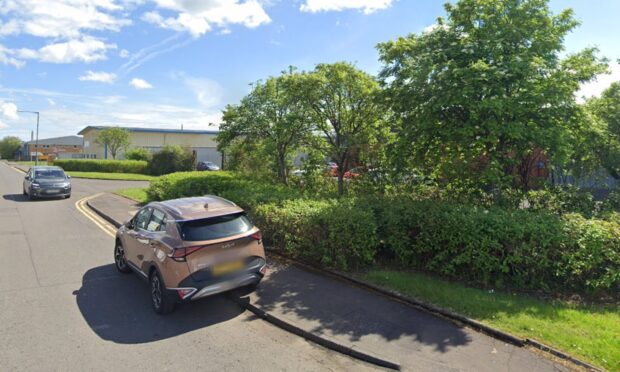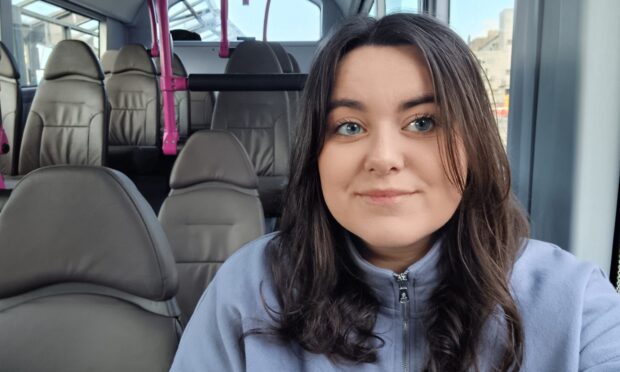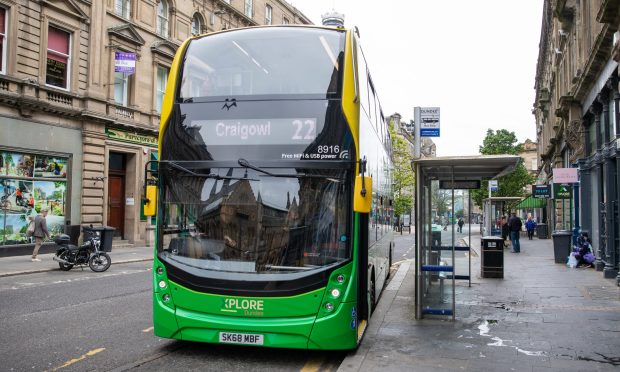A high-tech project has taken three Fife bridges into the Forth dimension.
Detailed 3D images of the Forth Bridge, Forth Road Bridge and Queensferry Crossing have been created in one of the most challenging and complex scans undertaken anywhere in the world.
And the £300,000 project will have a legacy, bridging the gap to education and forming the basis for interactive games to promote engineering careers to pupils.
First announced in 2014, the initiative has collated a data cloud of billions of points on the trio of bridges.
Now a further grant of £425,000 from Transport Scotland has allowed digital heritage experts to start work on developing games, apps and interactive models for virtual headset tours and video fly-throughs.
Due to be released in 2018, they are all aimed at developing pupils’ STEM skills.
In the meantime, an animation of the point cloud date of the Forth Bridge and neighbouring road bridge has been released.
Transport Scotland funded the project on behalf of the Forth Bridges Forum and the laser scanning and digital development work has been carried out by the Centre for Digital Documentation and Visualisation, a partnership between Historic Environment Scotland and Glasgow School of Art’s School of simulation and visualisation.
Transport Minister Humza Yousaf said: “The Forth Bridges represent Scotland’s industrial past, creative present and our dynamic and innovative future.
“They are the pinnacle of world-leading design and engineering and it’s right that we conserve and protect them and also seek to inspire and educate the young engineers of the future.
“If the bridges are a globally unique showcase of Scotland’s world-class engineering skills, this amazing 3D scanning project also showcases the world-leading design, research and innovation in our Higher Education institutions.”
He said the possibilities were almost endless for the data, which would help with tools for conservation, educational resources, improving accessibility and delivering virtual records to help health and safety training as well as promoting tourism.
It is already delivering benefits, he said, citing a commitment to the project as a crucial element in gaining World Heritage status for the Victorian Forth Bridge in 2015.
Meanwhile, he revealed the scans on the Forth Road Bridge had just been undertaken when a fault saw its closure in December 2015.
“I understand the engineers were able to use the scans as part of diagnosing and solving the problem with the truss end links,” he said.
The laser scanning started last May and took 90 days to digitally document the bridges on foot, from ropes, vehicles and boats.
Mobile mapping was carried out in partnership with Leica Geosystems UK, mapping the bridges and their overall physical footprint of more than 3.6 square kilometres.
It has been one of the most complex global projects because of the vagaries of the three bridges and the physical and environmental challenges faced by the team.
Alastair Rawlinson, head of data acquisition at the Glasgow School of Art, explained laser scanning posed unique challenges for the team which had pooled its experience through documenting global icons like the Sydney Opera House and Mount Rushmore.
Miles Oglethorpe, head of the industrial heritage team at HES, added: “Having such an extraordinary, detailed and accurate 3D record of the Forth Bridge is an tremendous advantage for us as we set about sharing Scotland’s sixth World Heritage site with the world.”









